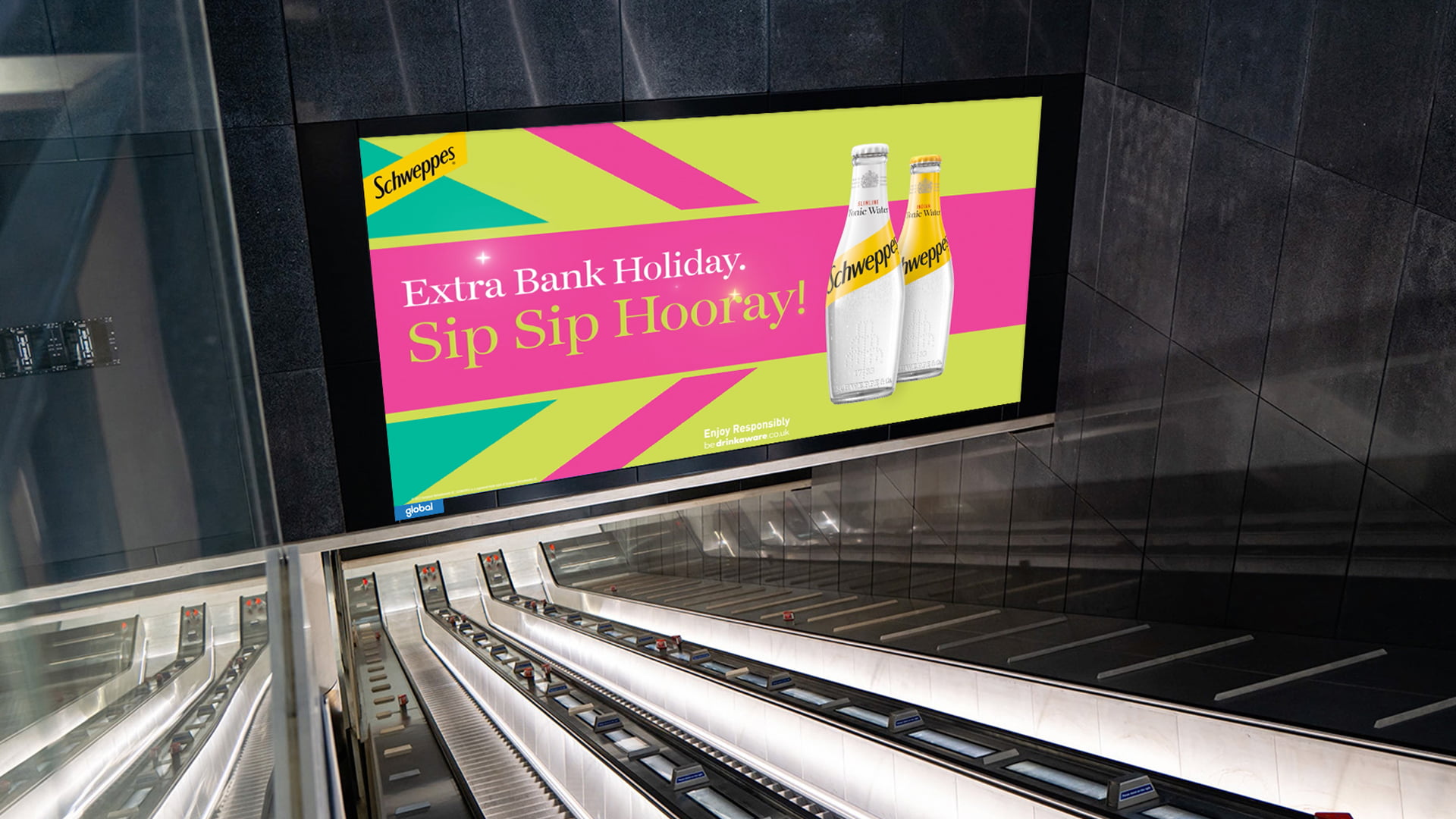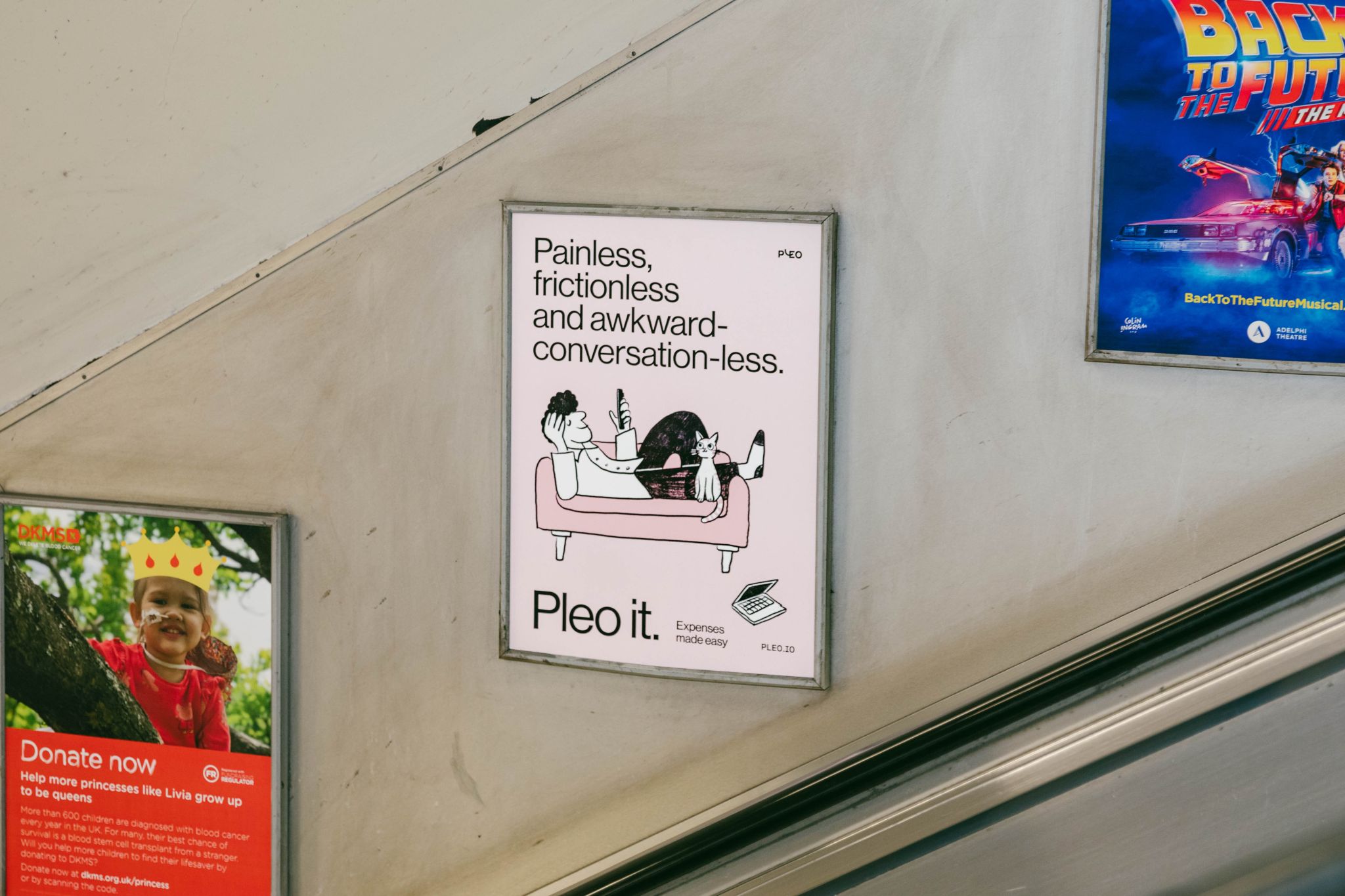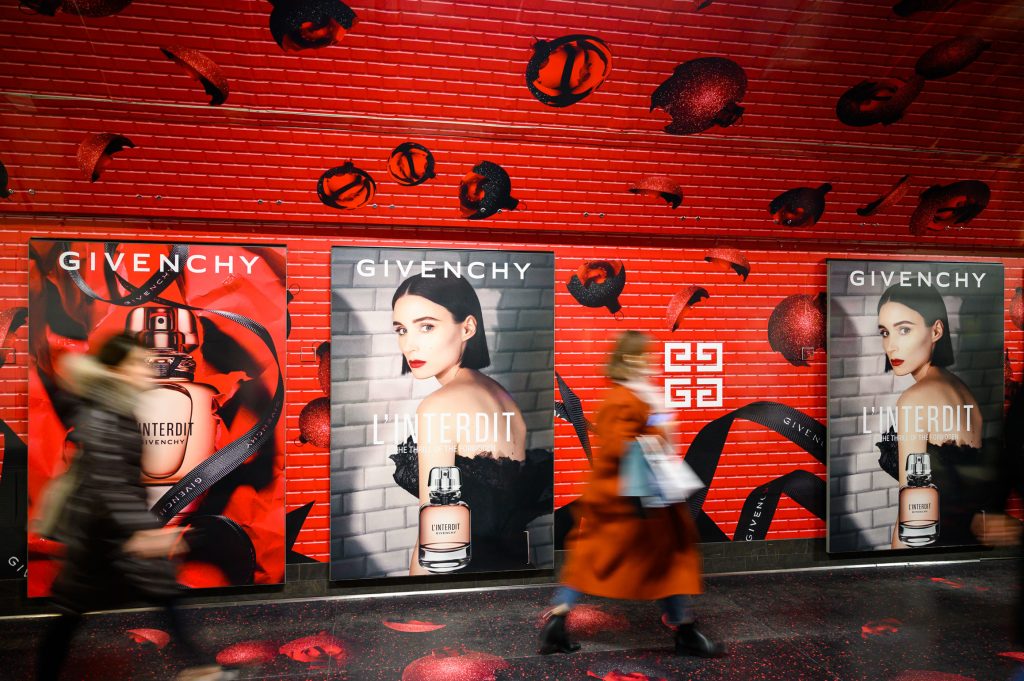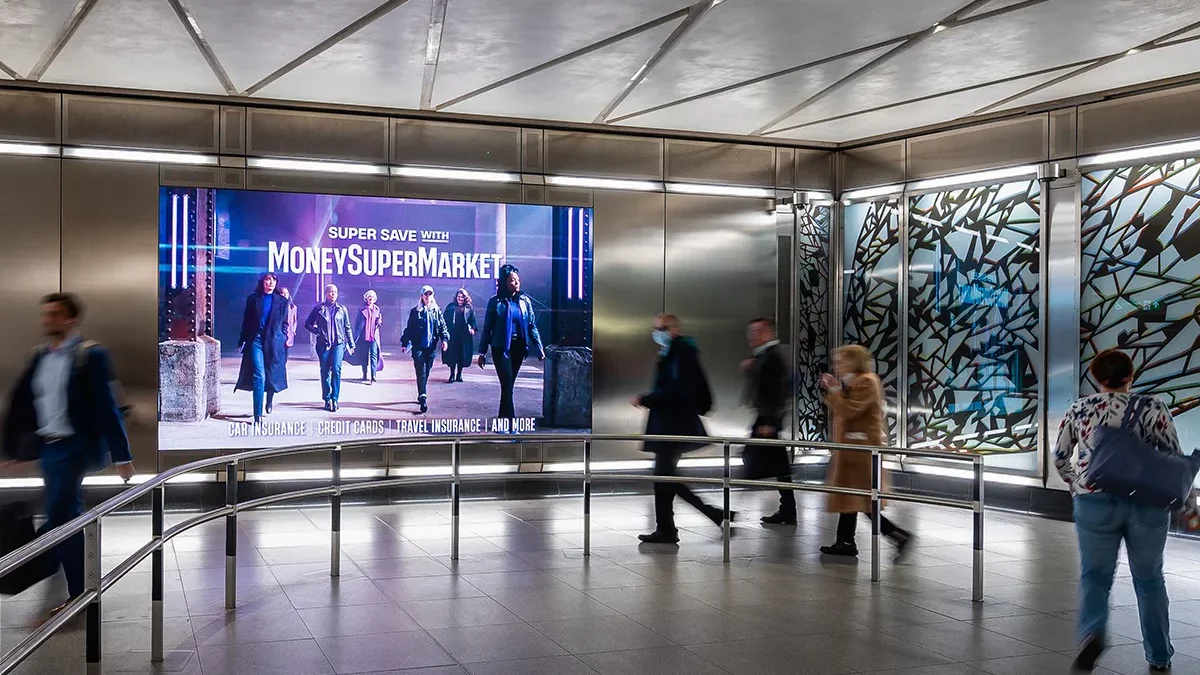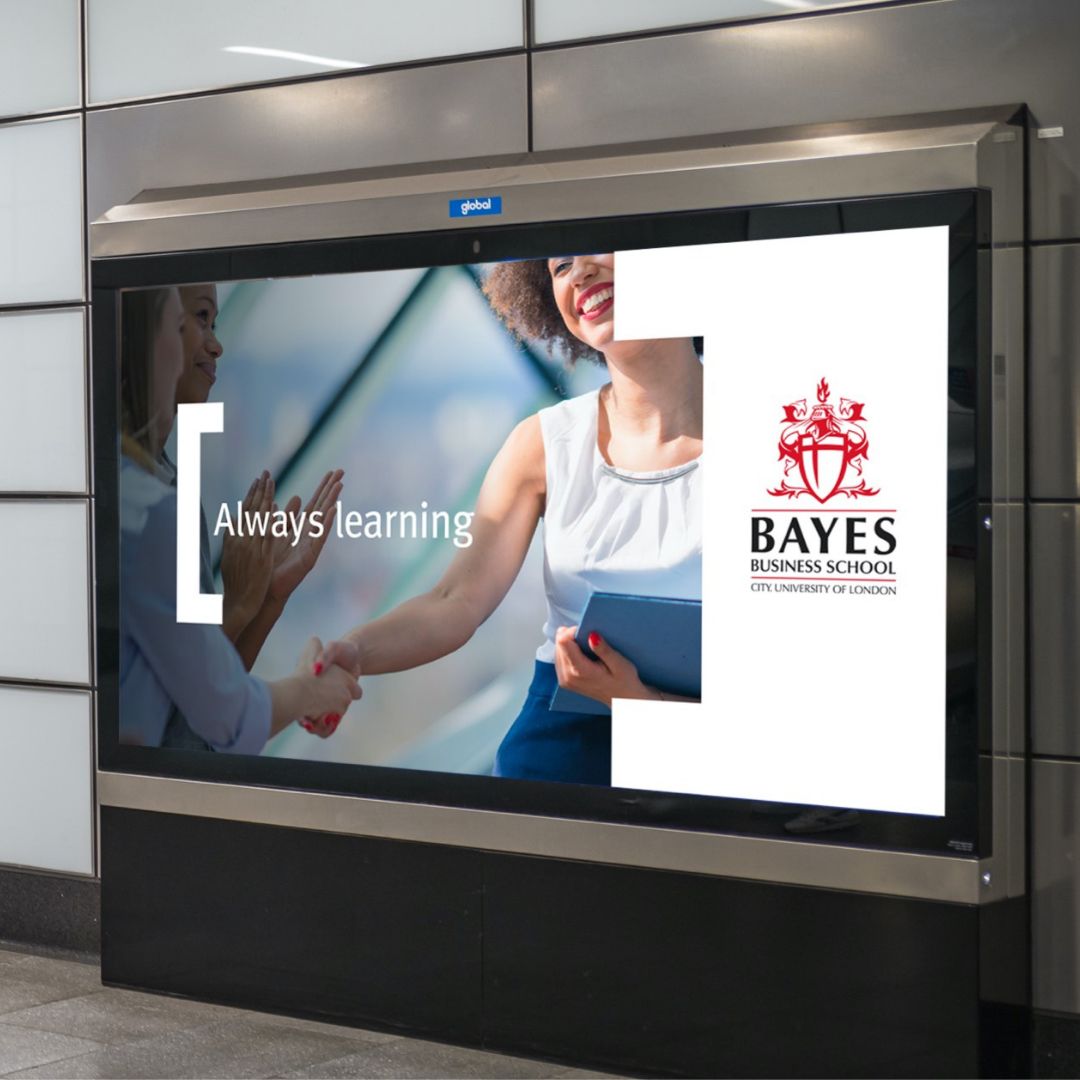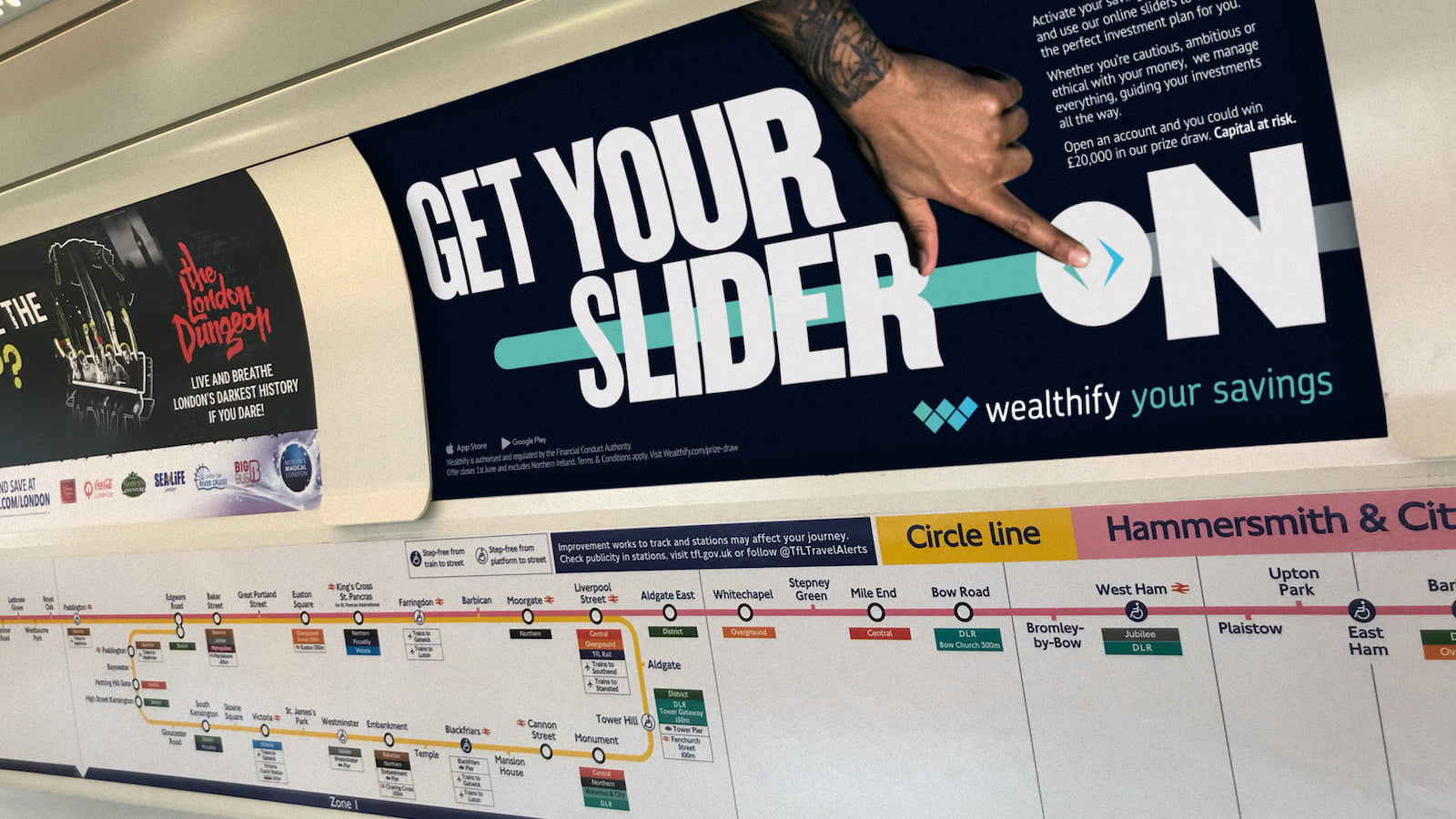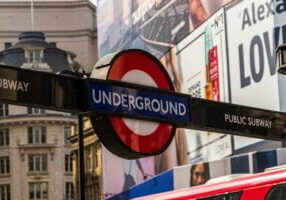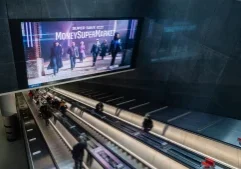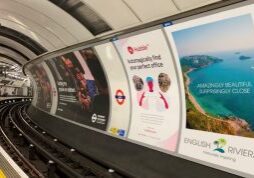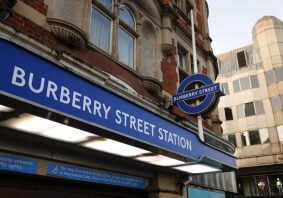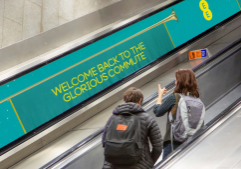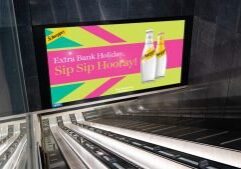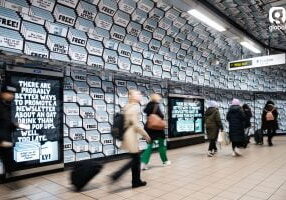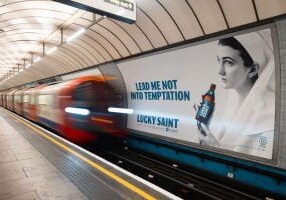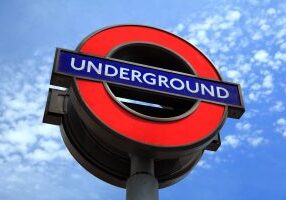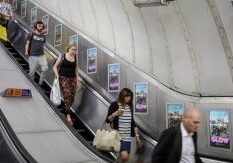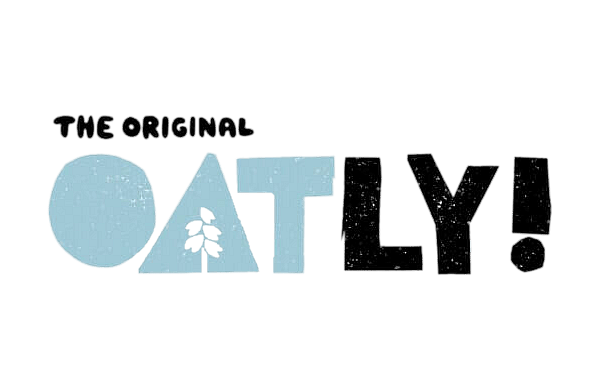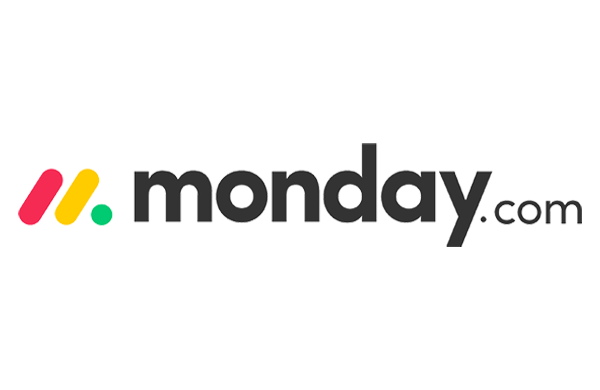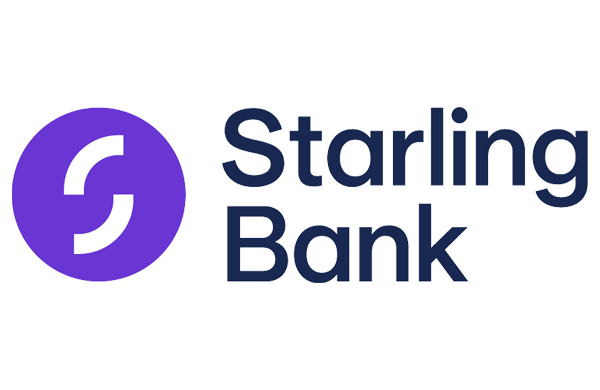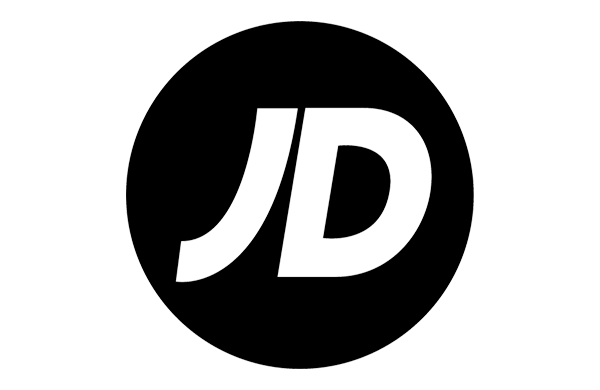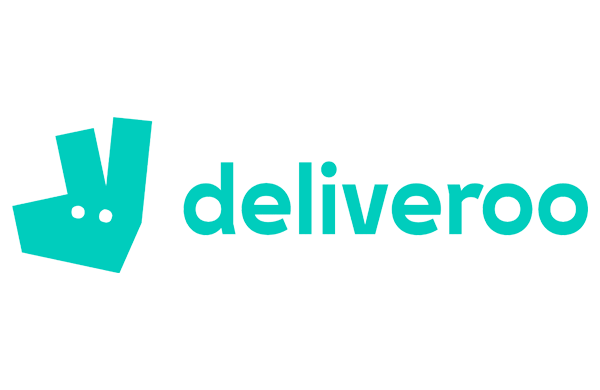Introduction
The London Underground is a major advertising platform. With up to twelve million passengers travelling through the network every weekday, it’s a prime place for businesses to promote their services or products.
As well as being an efficient way of reaching large numbers of people, the cost-effective nature of advertising on the tube means that it’s often more cost-effective than other advertising media such as print or digital media.
The cost of advertising on the tube can range from as little as £300 per week for a small business, up to several thousand pounds per week for larger brands. The price depends on many factors, including the type of media you choose and its effectiveness in driving footfall and conversions among potential customers.
What types of advertising are available on the London Underground?
The London Underground has a range of advertising options available to brands, including hoardings, posters, digital ads on the tube network’s website and apps, and promotions and events.
A range of display options at platform level, or on the trains themselves, are available too. Hoardings are large advertisements that are placed along the sides of the tube network’s underground stations, and around the outside of the network’s above-ground stations.
The cost of putting up a hoarding varies depending on the size of the advertisement, the station where it’s located, and the date it’s being used. Poster ads are placed on walls and columns around the city, appearing in locations such as shopping centres and railway stations.
The cost of placing an ad varies depending on the number of impressions the ad receives (the number of times it’s visible to the public).
The cost of advertising on the Tube
The cost of advertising on the tube can vary wildly, depending on a number of factors including the media you choose and its effectiveness in driving footfall and conversions among potential customers.
The cost of advertising on the tube can range from as little as £300 per week for a small business, up to several thousand pounds per week for larger brands. The price depends on many factors, including the type of media you choose and its effectiveness in driving footfall and conversions among potential customers.
The effectiveness of advertising on the Tube
The effectiveness of advertising on the tube depends on a number of factors, including the price of the ad, the size of the ad, the time of the ad, the distance an ad is visible, the popularity of the ad, and whether an ad is placed on a billboard or above-ground.
While many factors affect the effectiveness of an ad, the cost of the advert itself is not among them. However, other factors, such as the time of day the ad is displayed, whether it’s on a billboard or above ground, and whether or not it’s popular, can affect its effectiveness.
Factors that affect the price of advertising on the Tube
The cost of advertising in the London Underground can vary widely depending on a number of factors, including the type of advertising, the location and duration of the ad campaign, and the time of year.
There are several different types of advertising available on the London Underground, including billboard posters, train car panels, and digital screens. Billboard posters are typically the most expensive option, while train car panels and digital screens tend to be less expensive.
The cost of advertising on the London Underground is generally higher during peak travel times, such as during rush hour or on weekends, and it can also be more expensive to advertise in popular tourist areas or at high-traffic stations.
Which brands advertise on the tube?
The London Underground has a long list of advertisers, many of which you’ve probably never heard of. These include a gamut of businesses large and small, as well as charities, political parties, and even street performers.
Some of the bigger brands that advertise on the tube include Nike, Adidas, Samsung, Coca-Cola, Heineken, and McDonald's.
The most expensive brands to advertise on the tube include Gucci, Audi, and Louis Vuitton. These are often seen in large, high-profiles ads on billboards and digital screens.
While not all companies choose to advertise on the tube, the popularity of the platform means that most brands have considered it at one point or another.
The cost-effective nature of advertising on the tube means that it’s often more cost-effective than other advertising media such as print or digital media.
Remember
The cost of advertising on the tube can vary wildly, depending on a number of factors including the media you choose and its effectiveness in driving footfall and conversions among potential customers.
The cost of advertising on the tube can range from as little as £300 per week for a small business, up to several thousand pounds per week for larger brands. The price depends on many factors, including the type of media you choose and its effectiveness in driving footfall and conversions among potential customers.
The London Underground has a long list of advertisers, many of which you’ve probably never heard of. These include a gamut of businesses large and small, as well as charities, political parties, and even street performers.
Some of the biggest brands to advertise on the tube include Nike, Adidas, Samsung, Coca-Cola, Heineken, and McDonald's.
The most expensive brands to advertise on the tube include Gucci, Audi, and Louis Vuitton. These are often seen in large, high-profiles ads on billboards and digital screens. The popularity of the platform means that most brands have considered it at one point or another.
Get A Quote
Get in touch today for an accurate quote for your tube advertising campaign.
In this article...
London Underground Advertising FAQs
To advertise in the London Underground you need to contact specialised advertising agencies. These agencies can provide information on available advertising formats, locations, and pricing.
Get A Quote
Please fill out the below and our team will provide a quote for you.

